SOURCE: IDRW.ORG

Hindustan Aeronautics Limited (HAL) celebrated a momentous occasion yesterday in Bengaluru with the successful maiden flight of the LCA Tejas Mk1A fighter jet. Following the impressive test flight, HAL Chairman, Ananthakrishnan, addressed the media, highlighting the significance of this achievement.
“This is a big step today,” Ananthakrishnan declared, emphasizing the crucial role the Mk1A’s first flight plays in advancing towards the delivery of these aircraft to the Indian Air Force (IAF). He elaborated on HAL’s commitment to fulfilling IAF requirements, stating, “We are also looking to deliver one more LCA trainer aircraft to the IAF before March 31.” This commitment builds upon the foundation laid by the previous delivery of four trainer-version aircraft to the IAF.
Continue readingSOURCE: IDRW.ORG

Satellite imagery reveals promising progress in the development of DRDO’s joint LRDE-GTRE Test Facility Centre at Rajankunte, India. Notably, GTRE’s Twin Test Cell, a crucial component capable of testing future engines exceeding 130kN thrust, is clearly visible in the images.
This project signifies a significant advancement in India’s indigenous engine development capabilities. The groundwork for the facility, encompassing Civil Works and Allied Services for the Engine Test Facility along with ancillary work for GTRE, commenced in September 2023. Consultancy work for the project began two months prior, in July 2023.
Continue readingSOURCE: IDRW.ORG TEAM
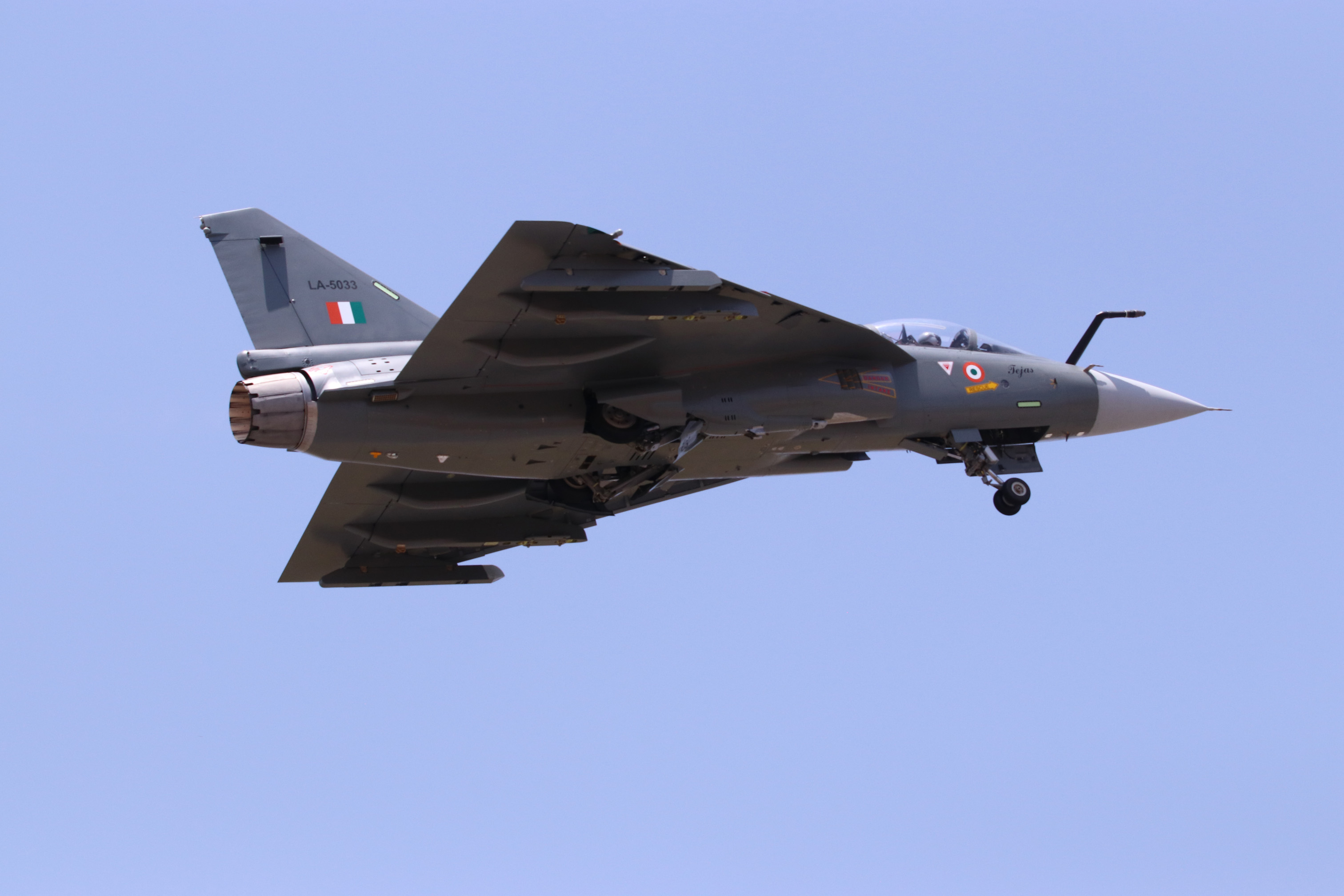
The Indian aerospace industry witnessed a significant milestone today as the first production variant of the Tejas Mk-1A Light Combat Aircraft (LCA) successfully completed its maiden flight. The aircraft, designated LA5033, took off from the Hindustan Aeronautics Limited (HAL) facility in Bengaluru and remained airborne for 18 minutes, marking a crucial step forward for the program.
This successful flight signifies HAL’s achievement of a critical production milestone. The accomplishment is even more impressive considering the concurrent design and development efforts undertaken alongside production. This approach reflects India’s commitment to expediting the delivery of these upgraded fighter jets.
Continue readingSOURCE: IDRW.ORG TEAM

Skyroot Aerospace, the Indian private space company, has achieved another critical milestone towards the first orbital launch of their Vikram-1 rocket. The successful test firing of the rocket’s second stage, named Kalam-250, brings them a step closer to making history.
The test, conducted at ISRO’s propulsion test facility in Sriharikota, India, saw the Kalam-250 engine ignite and operate within expected parameters. The flex nozzle control system, crucial for steering the rocket during flight, also functioned successfully.
Continue readingSOURCE: IDRW.ORG TEAM

AvGarde Systems, a rising startup based in Assam, has emerged victorious in the Dream 4.0 contest. The challenge focused on innovative solutions to countermeasure threats posed by single drones and drone swarms. AvGarde’s win highlights India’s growing prowess in indigenous defense technology development.
The winning solution, titled “DroneSafe,” is an AI-powered counter-unmanned aerial system (C-UAS). DroneSafe tackles the challenge of aerial threats posed by drones, UAVs (unmanned aerial vehicles), and other airborne objects. Its functionalities include:
Continue readingSOURCE: AFI

Brazil reached a historic milestone today as the Tonelero, the third Scorpène® submarine of the ProSub program, was launched at the Itaguaí Naval base amidst the distinguished presence of both Brazilian and French Presidents. This event not only marks a significant advancement in Brazil’s naval capabilities but also underscores the successful collaboration between Brazil’s ICN and France’s Naval Group, showcasing the nation’s growing prowess in submarine construction.
The Tonelero stands as a testament to Brazil’s emergence as a key player in submarine manufacturing, having been built entirely in Brazil by ICN through a successful Transfer of Technology (ToT) partnership with Naval Group. Former Brazilian President Lula da Silva aptly remarked during the event, “Today Brazil is part of a small group of countries that master submarine construction. ProSub is Brazil’s largest and most important international defense cooperation project.” This achievement highlights Brazil’s dedication to developing its indigenous defense capabilities and solidifying its position as a leader in naval innovation.
Continue readingSOURCE: IDRW.ORG

The Tejas Mk1A fighter aircraft, designated LA5033, has been spotted sporting a new canopy design. This modification is believed to enhance visibility for pilots, particularly during aerial combat maneuvers.
The most striking feature of the new canopy is a distinct bulge at the rear. This bulge provides additional space for the pilot’s helmet, potentially improving situational awareness and reducing blind spots. Improved visibility is crucial for pilots to effectively track and engage enemy aircraft during dogfights.
Continue readingSOURCE: IDRW.ORG
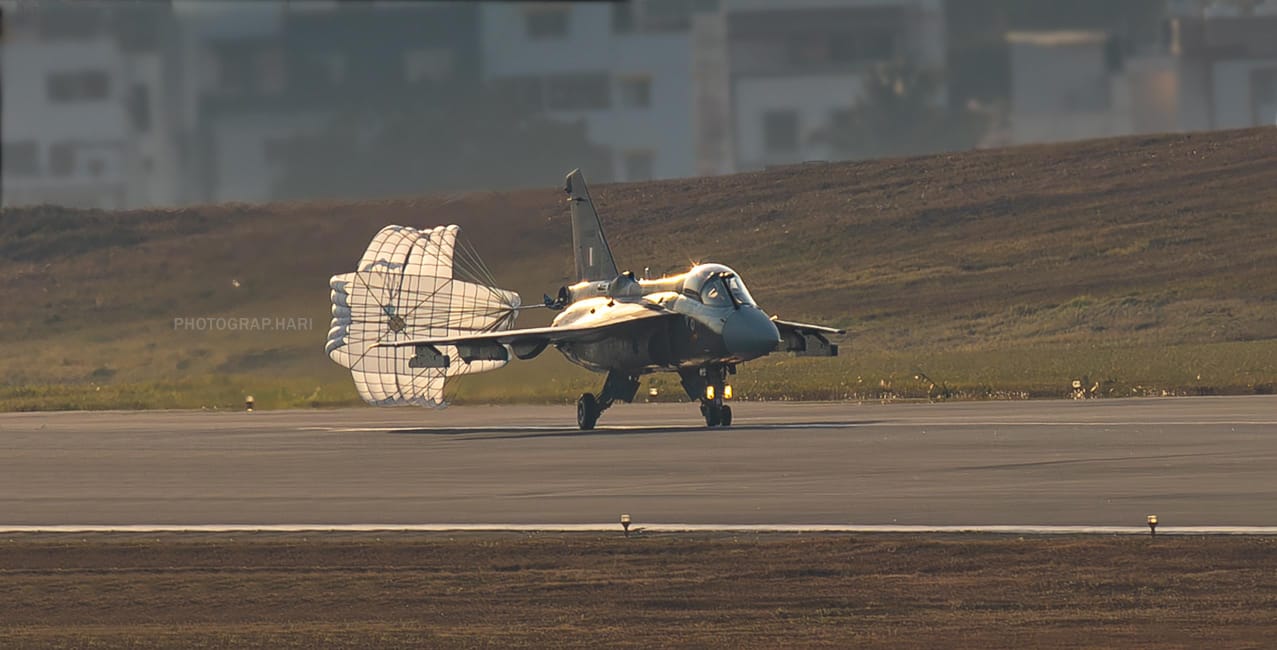
The indigenously developed Tejas Mk1A fighter aircraft, designated LA5033, successfully completed a series of low-speed taxi trials (LSTT) followed by high-speed taxi trials (HSTT) yesterday, on March 27th, 2024. These trials are a crucial step towards the aircraft’s maiden flight, which is now expected to take place today, subject to successful completion of final checks.
Certifying agencies have expressed confidence in LA5033’s readiness for its first flight. Yesterday’s taxi trials were piloted by veteran test pilot Gp Capt K K Venugopal (Retd), who is part of the Hindustan Aeronautics Limited (HAL) Civil Test Pilot (FW) group.
Continue readingSOURCE: RAUNAK KUNDE / NEWS BEAT / IDRW.ORG
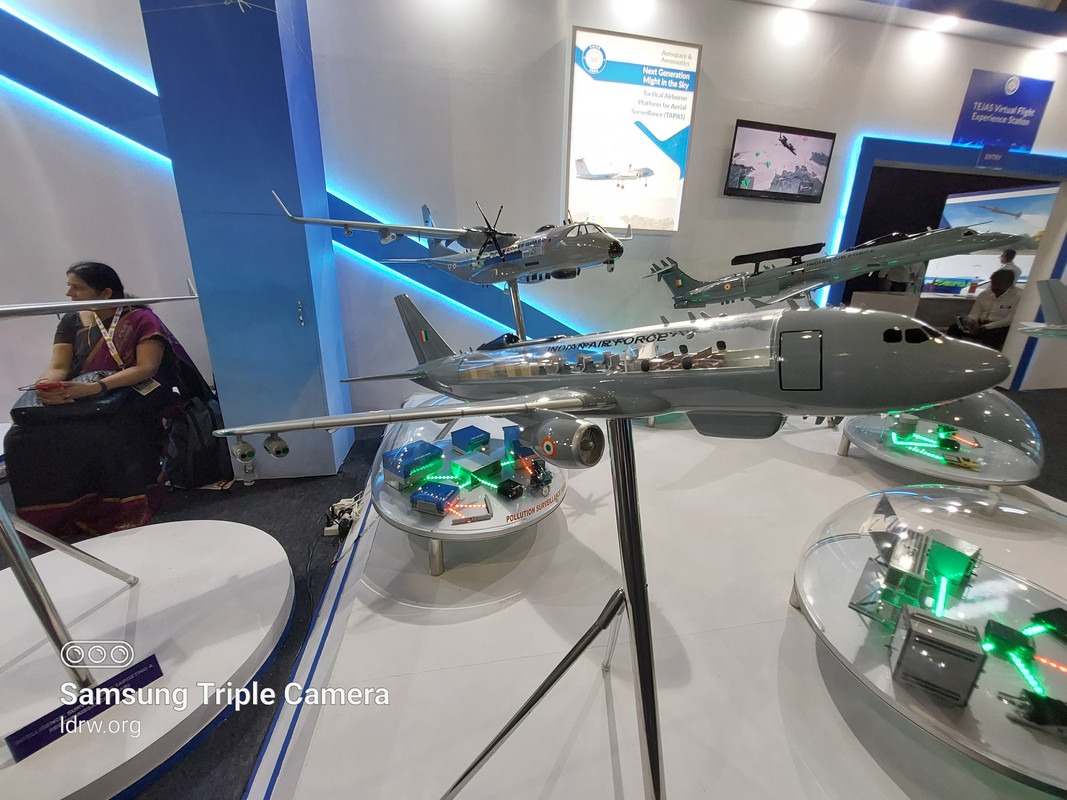
India is seeking assistance from Western defence companies in its ambitious “Made in India” project to develop a fleet of three Signal Intelligence (SIGINT) and Communications Jamming (COMJAM) aircraft. This move comes as authorities in New Delhi ramp up efforts to bolster the country’s electronic warfare capabilities.
American defence giant L3Harris and French electronics leader Thales have both reportedly offered their expertise to aid India in developing these specialized aircraft. However, the complexity of SIGINT and COMJAM technologies appears to be prompting Indian authorities to leverage Western know-how.
Continue readingSOURCE: RAUNAK KUNDE / NEWS BEAT / IDRW.ORG

The iDEX ADITI initiative, a program fostering innovation in critical defence technologies, has launched a new challenge focused on revolutionizing underwater object identification. This project seeks advancements in Underwater Object Identification using Aerial Hyperspectral Imaging and AI (Artificial Intelligence).
The challenge hinges on leveraging Underwater Hyperspectral Imaging (UHI) technology. UHI boasts the remarkable capability of identifying and classifying objects underwater with exceptional detail, even at depths of several hundred meters. This technology promises to significantly enhance the Indian Navy’s ability to detect and analyze objects of interest within the vast underwater domain.
Continue readingSOURCE: RAUNAK KUNDE / NEWS BEAT / IDRW.ORG
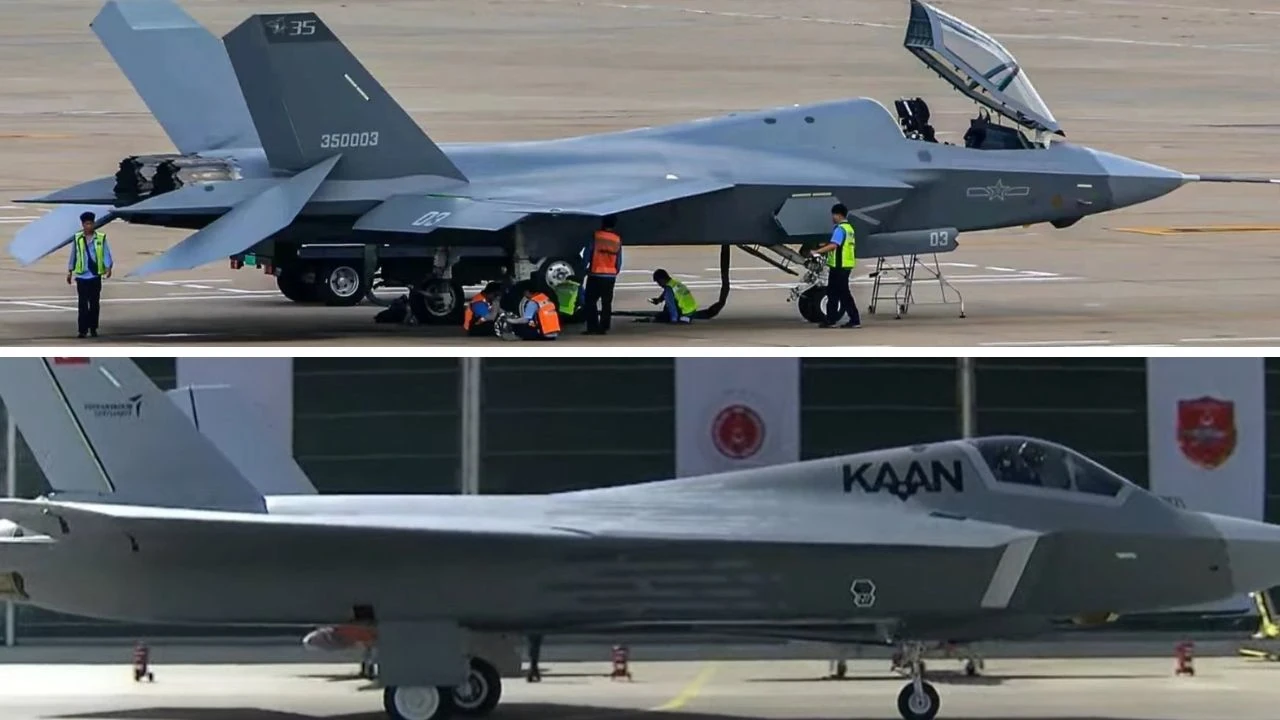
Pakistan’s future fighter jet procurement plans remain shrouded in some mystery. While initial reports suggested interest in joining Turkey’s TF-X (KAAN) program, recent developments point towards a potential shift in focus.
Pakistan Air Force (PAF) Chief’s recent confirmation of interest in the Chinese FC-31 stealth fighter upon its completion casts doubt on their commitment to the KAAN program. While details are scarce, it appears the PAF may be prioritizing the FC-31.
Continue readingSOURCE: IDRW.ORG TEAM
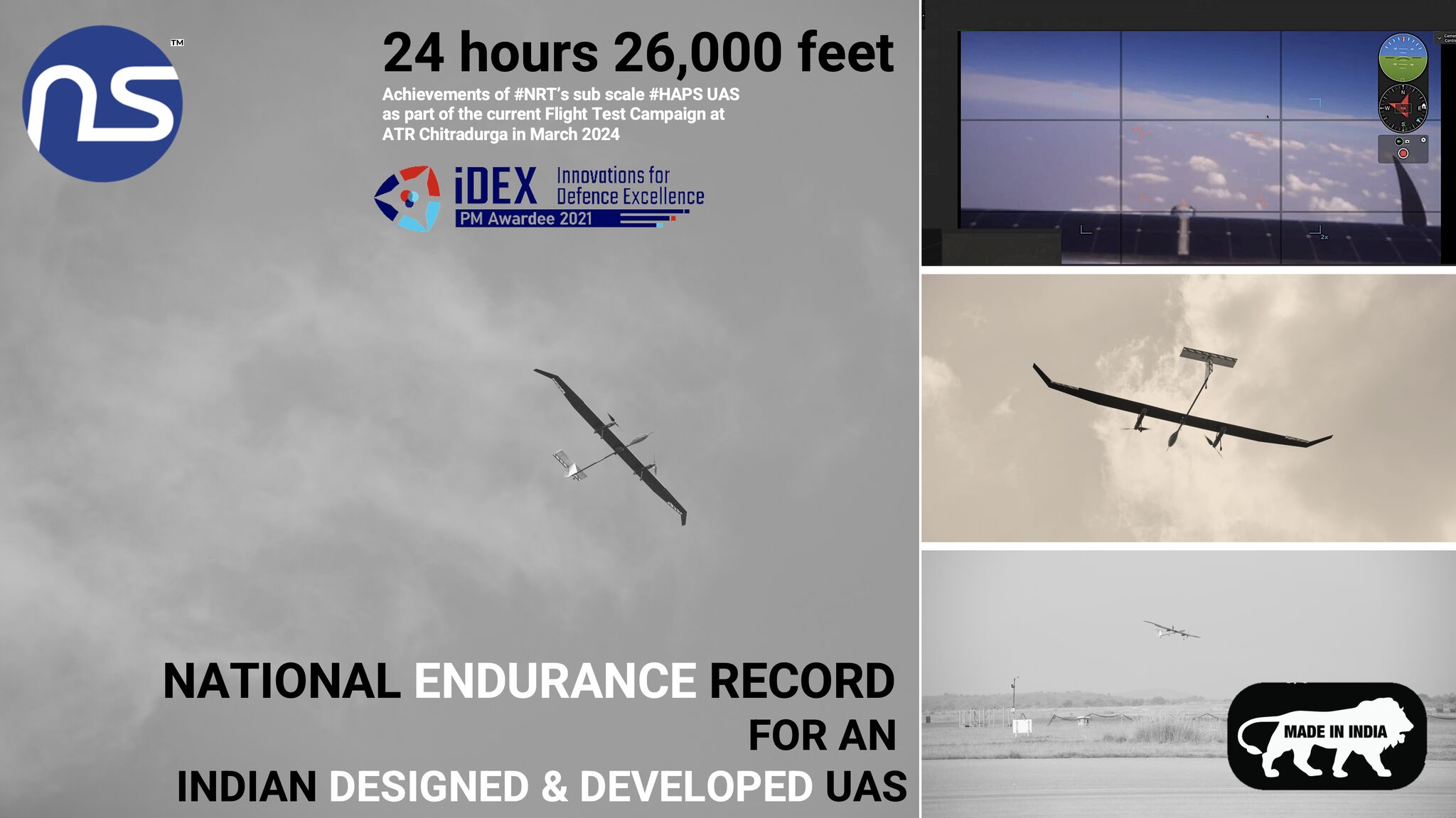
NewSpace Research and Technologies (NRT), a Bengaluru-based aerospace company, has achieved a remarkable feat in Indian aviation history. Their sub-scale High Altitude Pseudo-Satellite (HAPS UAS) development prototype successfully completed a record-breaking flight test at ATR Chitradurga.
The test surpassed all initial objectives, achieving an astounding flight endurance of over 24 hours. This incredible accomplishment translates to a new national record for India – the longest flight duration ever recorded for an Indian-designed, developed, and manufactured (IDDM) unmanned aerial system (UAS).
Continue readingSOURCE: IDRW.ORG TEAM
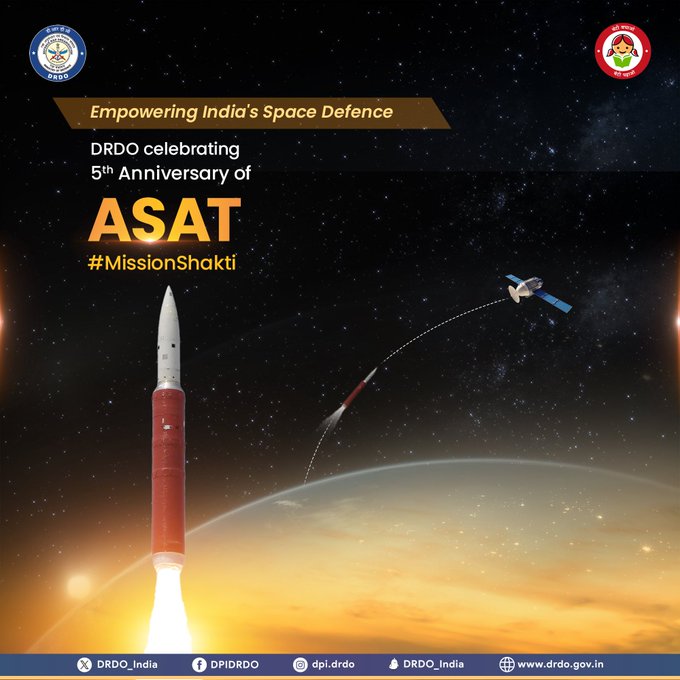
On this day five years ago, India successfully conducted Mission Shakti, an anti-satellite (ASAT) missile test, propelling the nation into an elite group of countries with this advanced technology.
The mission involved a specially designed missile launched from Dr. APJ Abdul Kalam Island, precisely targeting and destroying a small Indian satellite orbiting Earth at an altitude of 350 kilometers and traveling at a phenomenal speed of 24,000 kilometers per hour. This remarkable feat showcased India’s growing prowess in the field of aerospace and defense technology.
Continue readingSOURCE: IDRW.ORG TEAM

The Indian government has implemented amendments to the Defense Acquisition Procedure (DAP) 2020, following recommendations by the Defense Acquisition Council (DAC). These changes aim to further promote “Make in India” and “Aatmanirbharta” (self-reliance) within the country’s defense industry, while also streamlining the Ease of Doing Business for domestic companies.
These amendments are expected to significantly boost domestic defense production capabilities. By mandating a higher indigenous content threshold and facilitating access to testing facilities, the government aims to create a more conducive environment for Indian companies. Additionally, the requirement for complete know-how of imported components pushes them towards developing indigenous alternatives, furthering the “Aatmanirbharta” goal.
Continue readingSOURCE: AFI

The United States Commission on International Religious Freedom (USCIRF) has drawn criticism for its stance on India’s Citizenship Amendment Act (CAA). USCIRF has expressed concerns regarding the CAA’s limitations, arguing that it should extend its benefits to persecuted minorities from Pakistan, Afghanistan, and Bangladesh – a position seen by some as hypocritical.
USCIRF’s primary concern centers around the exclusion of Muslims from the CAA’s ambit. The act provides a pathway to Indian citizenship for persecuted minorities from neighboring countries, excluding Muslims. This selectivity, according to USCIRF, raises questions about religious discrimination.
Continue reading